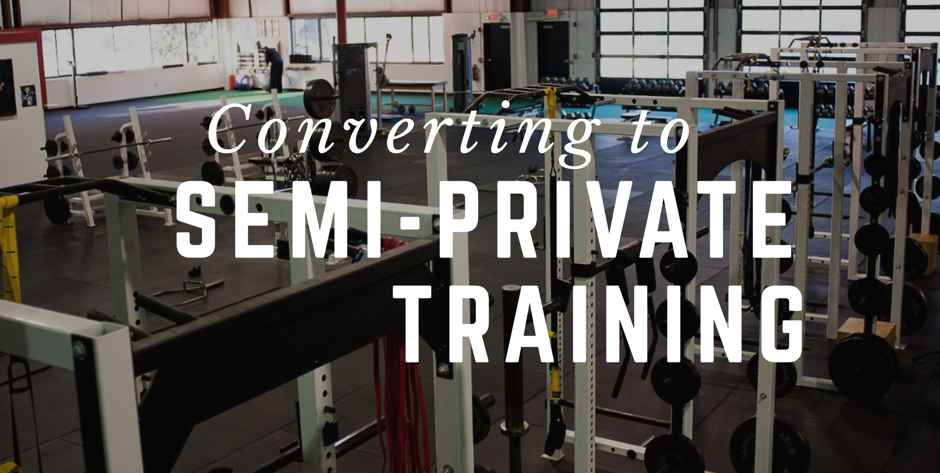My wife and I moved our family out of the city and into the suburbs in late 2014. We gave up an abundance of nearby restaurants, bars, and grocery stores in exchange for roughly three times the home and a nice big yard for our kids to run around in. As a result of the move, our weekly trip to the grocery store that was once a 2-minute ride from home suddenly became 10-20. While ~15 minutes in the car isn’t a big deal in the grand scheme of things, it felt like an inconvenience after a decade of having amenities sitting within a mile of our home.
Once we got over the “burden” of 15-minute rides, we began to appreciate the new convenience of options…so many options. By my count, there are no less than 6 full-service grocery stores sitting within a 15-minute radius of our home. That’s a half-dozen locations with similar pricing, ample parking, and nearly identical accessibility.
Until this past weekend, when it came time to shop for food for the week, we employed a completely arbitrary location selection process. We didn’t feel an allegiance to any single business.
So what changed?
“How about we try that Price-Chopper over in Hopkinton this time around?”
I was being selfish. I’d heard that there was a Starbucks located inside of that specific store and I was craving a cup of iced coffee. (Side note: incorporating complimentary services can be the differentiator that brings you new business, but that’s another blog for another day.)
My wife didn’t put up a fight, so we were off to a new store to buy the exact same stuff we’d found for the exact same price elsewhere just a week ago.
I got my cup of coffee, and we started in the produce section. As we perused our options, we noticed that the zucchini was entirely sold out. This was frustrating because “zooks” happen to be our son Collin’s favorite food.
“Collin is going to have to make do without his zucchini for the week because I’m not paying double for the plastic-wrapped organic option,” said my wife. (Please put your organic food lectures on hold, people – we’re at peace with our food selections.)
The attentive employee restocking carrots close by overheard our conversation and quickly approached the two of us…
“Sorry about that, guys. We are entirely out of the zucchini today. The good news is that there are plenty of them left over there in the organic section. Let’s remove the packaging, toss ‘em in a produce bag, and make sure that you pay the non-organic price. I want to make sure that you leave with what you came for.”
Let’s do what? Can you do that? We’re breaking a major rule here, right?
Turns out we weren’t. This employee had been empowered to make impactful, yet simple decisions in moments like this without the approval of a manager. We spent the next five minutes wandering the isles while discussing how surprised we were by the gesture.
By foregoing roughly $2 in revenue on that particular day, this employee all but guaranteed that we’d return the following week to spend another $100+ on our weekly grocery trip. At a store like this, the lifetime value of a customer can be immense (especially if that customer happens to be a growing family).
How can you apply this at your gym?
To be honest, there are a thousand ways. Maybe it is as simple as nodding your head in approval when your employee pulls a bottle of water out of the fridge and says “its on the house” to a new client. Maybe you take a break from the predictable Metallica during the busiest part of the day and allow a field hockey player to blast her favorite Katy Perry song while she tries to hit a deadlift PR because for that singular moment, she needs to feel like she owns the training floor.
The point here isn’t specifically to minimize your micromanagement of incidental costs incurred around the gym; it’s to ensure that your employees are empowered to make meaningful gestures and judgment calls in the moment without fear of second-guessing or repercussions. They know in their gut what will make for a memorable client experience.
In his book Leaders Eat Last, author Simon Sinek quotes USS Santa Fe submarine captain David Marquet as having said: “Not until those without information relinquish their control can an organization run better, smoother and faster and reach its maximum potential.” If you find yourself buried in the details of running your business, managing the schedule, and generating leads while your employees are the ones establishing relationships with your current clients, you are the one without the information. Maybe it is time for you to relinquish a little bit of control.
Take the reigns off of your team and let them make the decisions that will allow you to enjoy the lifetime value of a satisfied client. You wont regret it.




































